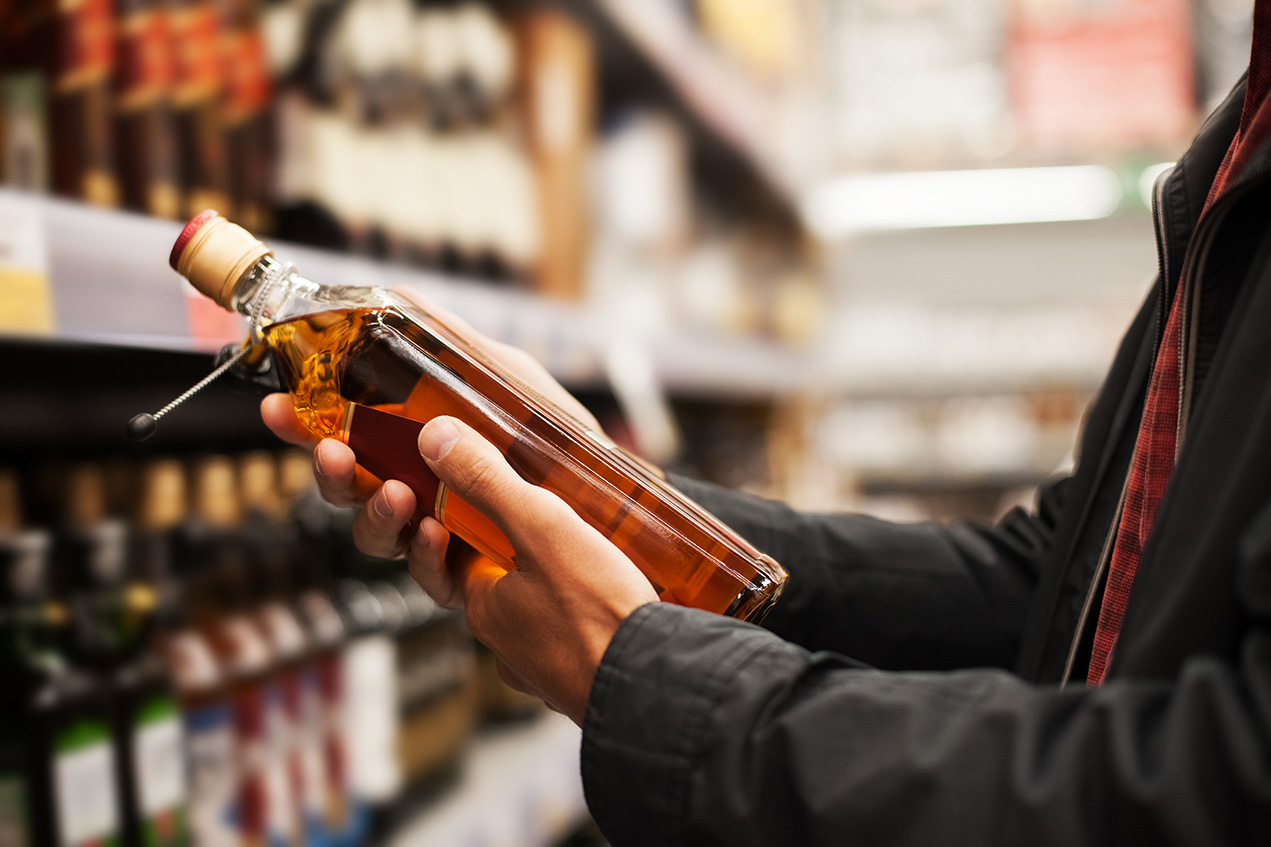COVID-19 has taken a huge medical, emotional and economic toll on Americans. Now, new Keck Medicine of USC research shows that the pandemic may also have harmful indirect consequences.
Alcohol and tobacco sales nationwide rose in the early months of COVID-19, according to a study that appeared in the Annals of Internal Medicine on March 1. From April – June 2020, researchers found that sales of these substances increased 34% and 13% respectively when compared to the same months in 2019.
“These are significant jumps, and show that the stress, boredom and loneliness caused by the pandemic may have led to increased alcohol and tobacco use,” said Brian P. Lee, MD, MAS, a hepatologist and liver transplant specialist with Keck Medicine and the USC Institute for Addiction Science, and lead author of the study.
Tobacco and alcohol abuse are the second and ninth largest contributors to global deaths, causing some eight million deaths each year worldwide.
Lee and his colleagues decided to study alcohol and tobacco purchasing patterns after noticing that in 2020, Keck Hospital of USC admissions for alcohol-associated liver disease (cirrhosis or alcoholic hepatitis) were up approximately 30% compared to the year before. Some patients also admitted to using alcohol to handle pandemic-related stressors.
The doctors wondered if the trend they were witnessing locally was also happening nationally. And if one substance was being abused, they wondered if a second — tobacco — might be as well.
Seeking national data, they turned to the Nielsen National Consumer Panel, which tracks the spending habits of approximately 70,000 households in the United States over time and is designed to be nationally representative. People are given a handheld scanner or use a smart-phone app to scan products at stores to report their purchases.
Researchers compared alcohol and tobacco sales between the months of April – June in 2020 with the same time period in 2019. They set up controls to offset extenuating factors, such as restaurants and bars being closed during these months, which could independently cause an uptick in alcohol sales.
When they calculated their results, they found that from 2019 to 2020, tobacco sales increased in households across all demographics and alcohol sales increased across nearly all demographics as well. Sales increases for both substances were the highest, however, among younger adults, ethnic minorities, those with younger children and/or large families and those with higher incomes.
“We hypothesized that these subgroups, such as those with younger children, were buying more alcohol and tobacco because they felt more stressed than other segments of the population,” said Lee, who is also an assistant professor of clinical medicine at the Keck School of Medicine of USC. “For those with a higher income, sales might have increased simply because they have greater disposable income,” he added.
The data also revealed that sales of hard liquor increased more than wine and beer, a result Lee found troubling. “Liquor has the highest alcohol content and could be a sign of problem drinking,” he said.
Lee believes that the study may reveal a previously unrecognized COVID-19-related public health issue. “This study draws attention to the fact that many people across the country might be self-medicating as a way to cope,” he said. “By spotlighting this issue, individuals can identify this behavior as potentially harmful and substitute drinking or smoking with healthier activities. Mental health professionals and medical institutions, in addition to policymakers, can also develop interventions to help them.”
Other Keck Medicine physicians involved in the study are Norah Terrault, MD, a Keck Medicine gastroenterologist and chief of Gastroenterology and Liver Diseases at the Keck School; Jennifer Dodge, MPH, an assistant professor of research medicine and preventive medicine at the Keck School; and Adam Leventhal, PhD, a
professor of preventive medicine at the Keck School.
The researchers hope to conduct further studies to see if this three-month trend has sustained throughout the pandemic.
— Alison Rainey


